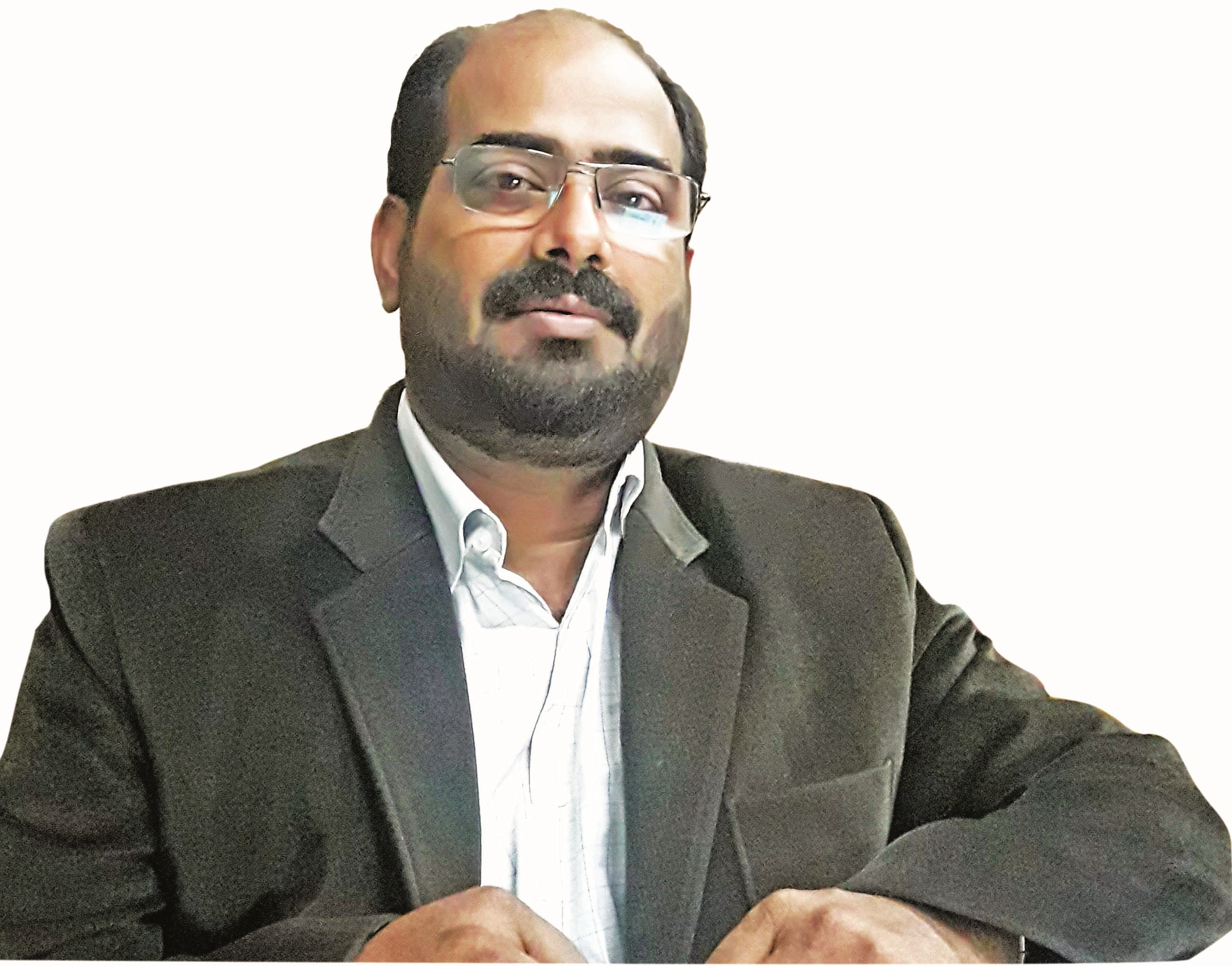
Editor : Santosh Pathak, Mob: +91 9968172237
____________________________________________________________________________________________________________________
Dear Readers,
Heartiest Greetings from SecurityLink India !
Crimes are growing fast and so are their kinds, and modus. Be it the long-observed snatching, house breaking, theft, stalking and rapidly emerging cases of sexual assaults, road rage, students fights, and even murders; or today’s hi-tech remotely monitored and controlled crimes such as terrorism, extremism, hacking, money laundering and other cyber-crimes – all pass across one point in common and that is the prompt exploitation of technologies. The easy accessibility to mobile phones and social sites which are otherwise a revolutionary invention, has significantly gone to their advantage. Although technologies are evolved with the obvious aim for the good of society, but perpetrators with their unrestricted resources are gaining more out of them.
It is an old saying that the hands of the Law are long and far reaching, but this appears falling short in today’s context unless the law enforcement agencies are sufficiently armed with state-of-the-art technologies and equipment. The incidence of an alarmingly large number of pending and unsolved cases is a testimony to it. Police forces, especially in India are less prepared and far behind the criminals.
Modernization of police in India has certainly taken a strive yet it has a long way to go. The projects like CCTNS, National Intelligence Grid (Natgrid), National Counter Terrorism Centre (NCTC), Central Monitoring System (CMS) etc., are impactful initiatives but they are yet to fructify thanks to inadequate techno-legal training. Law enforcement agencies of India must be aware of both technical as well as legal requirements in order to derive maximum benefits out of these initiatives. Today, it is more important to save information and knowledge.
Modernization of police-forces is a continuous process and their requirement of modern weapons keeps evolving over time. The Central Armed Police Forces (CAPFs) are provided with the latest state-of-the-art weapons as per their requirements, and a Modernisation Plan-II is under implementation to further improve them. The Government of India has also supplemented the efforts of State Governments by providing central assistance to strengthen their police infrastructure and approved an enhanced outlay under the umbrella scheme of ‘Modernisation of Police Forces (MPF)’ with a total sum of INR 25,061 crore.
The General Data Protection Regulation (GDPR) is finally approved by the EU Parliament and is effective from 25 May 2018. It has far-reaching repercussions. It regulates the EU citizen’s data in every part of the world and in every organization processing or storing it, and therefore all such organizations need to be registered under GDPR, and in cases of noncompliance they may face heavy fines.
Besides other interesting editorials, this issue of SecurityLink India presents an interesting article on the Role of Data Protection Officer under GDPR which every pertinent organization is required to appoint.
Till we meet next , stay safe and happy reading!